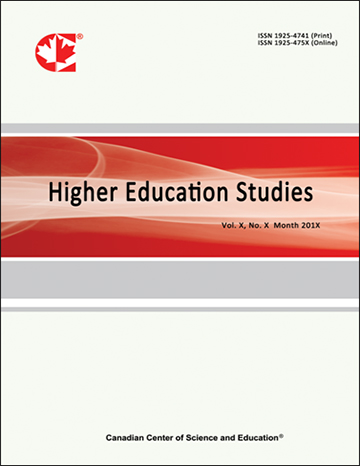Application of a Poster and Slogan Campaign to Prevent Smoking, in Conjunction with a Health Education Program
- Tharisara Chirasatienpon
Abstract
Adolescent smoking is dangerous. This study examined the self-assessment of risk factors to expose student teachers to smoking, compared the scores of health belief model structures in experimental and control groups, and summarized the poster and slogan campaign to prevent smoking. The experimental and control groups (n=30 each) were selected using eligibility criteria and simple random sampling. Three-part questionnaires were used to collect information that was analyzed based on mean, minimum, maximum, percentage, and paired sample t-test data. The key findings were: 1) student teachers in the experimental and control groups had smoked 1–2 cigarettes in the past (20% and 6.67%, respectively). In addition, for both the groups, cigarettes were readily available at convenience stores in residential areas (63.34% and 83.34%, respectively), their fathers smoked (16.67% and 20%, respectively), and their peers persuaded them to smoke (16.67 % and 23.30 %, respectively); 2) the health belief model demonstrated that both the experimental and control groups at 8 weeks had comparable pre-post findings for susceptibility (p=.000 and p=0.049, respectively), perceived severity (p=.000 and p=0.063, respectively), perceived benefits (p=.000 and p=0.065, respectively), perceived barriers (p=.000 and p=0.703, respectively), and cure to action (p=.000 and p=0.070, respectively); and 3) The main study "Online Health Education Program to Prevent Tobacco Use for Student Teachers during COVID-19 Pandemic in Thailand: Design, Challenges, and Outcomes" worked on anti-smoking posters and slogans. The 8-week education program with events could enhance experimental group health beliefs. Thus, student teacher smoking prevention efforts should incorporate posters and slogans.
- Full Text:
 PDF
PDF
- DOI:10.5539/hes.v13n3p1
Index
- AcademicKeys
- CNKI Scholar
- Education Resources Information Center (ERIC)
- Elektronische Zeitschriftenbibliothek (EZB)
- EuroPub Database
- Excellence in Research for Australia (ERA)
- Google Scholar
- InfoBase
- JournalSeek
- Mendeley
- Open Access Journals Search Engine(OAJSE)
- Open policy finder
- Scilit
- Ulrich's
- WorldCat
Contact
- Sherry LinEditorial Assistant
- hes@ccsenet.org
